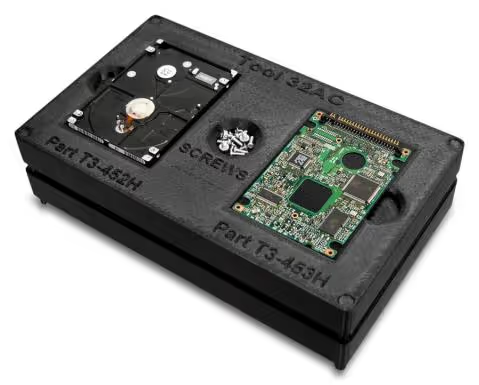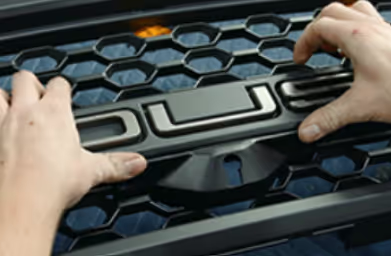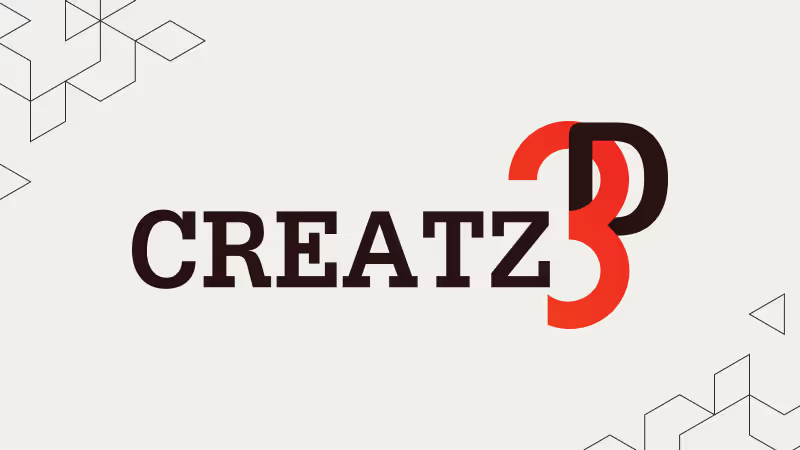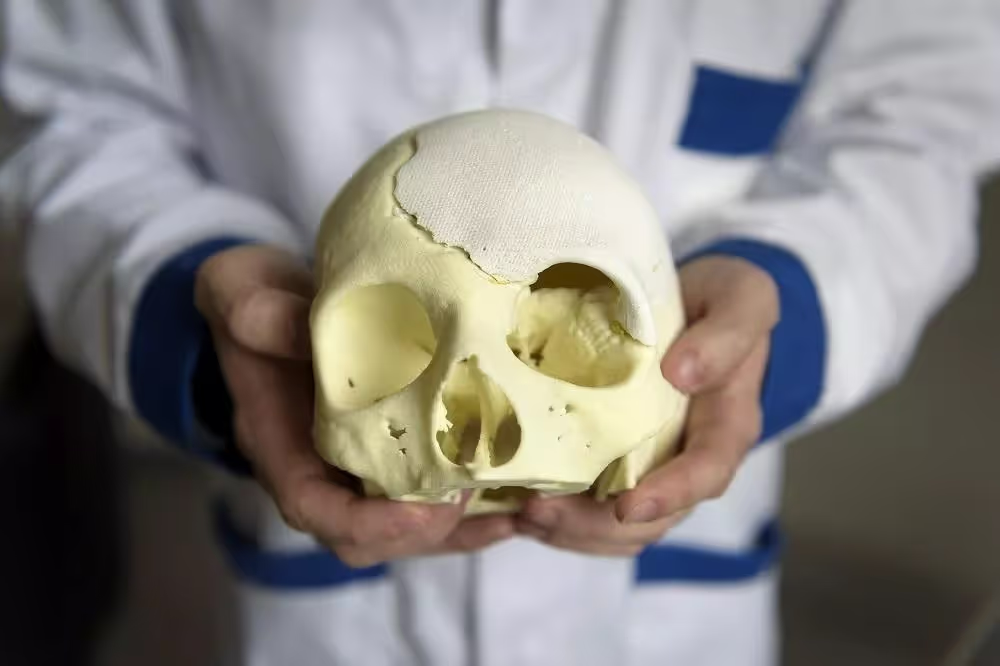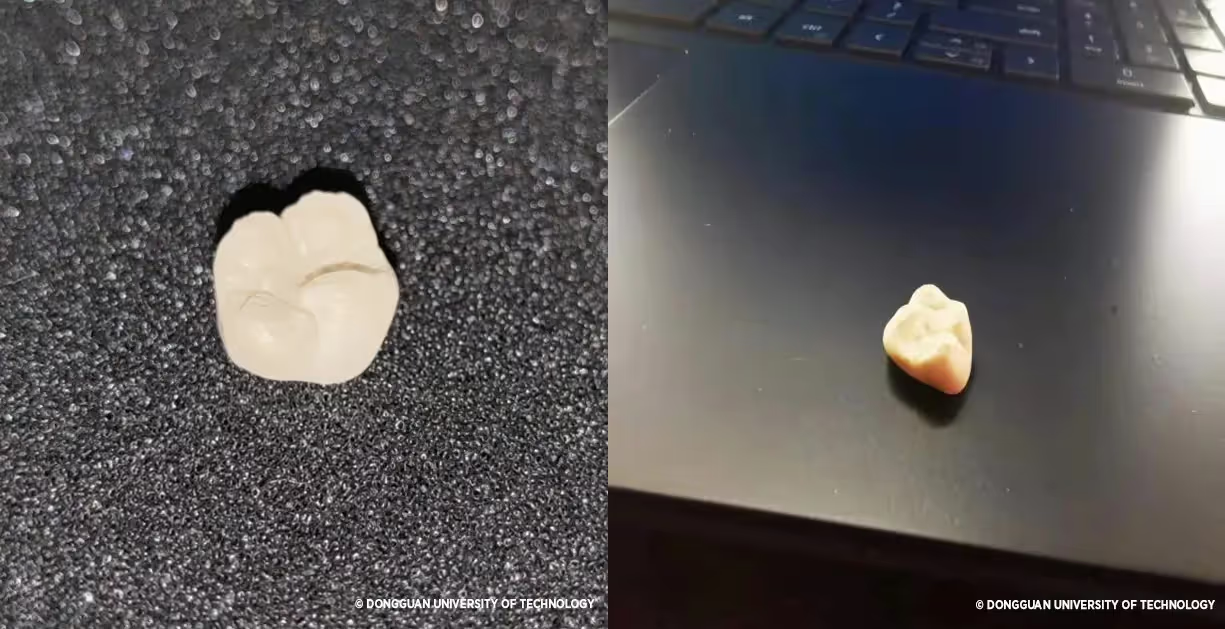Laser Stereolithography Technology (SLA)
Laser Stereolithography (SLA) allows for fast and effective 3D printing of functional ceramic parts. The technology prints successive layers using a laser that polymerizes a paste composed of photosensitive resin and ceramic.

How It Works
Laser Stereolithography is a unique technology that sees ceramic components being produced by using a laser to polymerize a paste composed of photosensitive resin and ceramic layer by layer. The parts are then subjected to heat treatment for debinding followed by sintering to eliminate the resin and support and densify the ceramic. Post-treatment processes such as polishing can be administered at the end to give the product a different finish.
The Results
Accessibility
Ceramic products can be made swiftly and effectively without relying on the traditional ceramic making process or molding.
Customisation and Cost Effectiveness
SLA printing technology allows for highly customised and geometrically complex shapes to be made in a fast and cost-efficient way.
Product Innovation
With enhanced design flexibility, outstanding material properties, and improved efficiency, new possibilities for product innovation and development emerge across industries.
Popular Applications
Industries Commonly Used
Related Blog Content
Need A Product Recommendation?
Speak to our specialists who can provide recommendations suited to your technology needs.


%20Printed%20Model_2%20J5%20Digital%20Anatomy%20Printer.avif)
%20tooling.avif)
